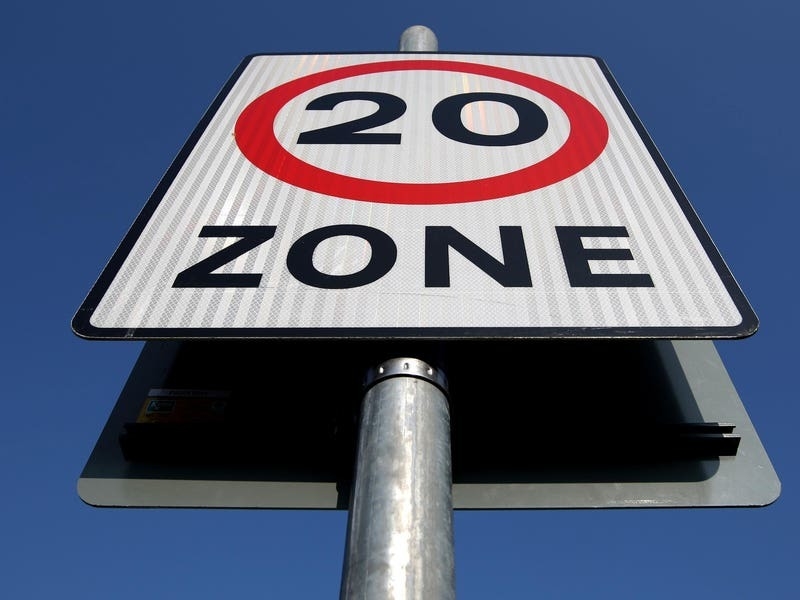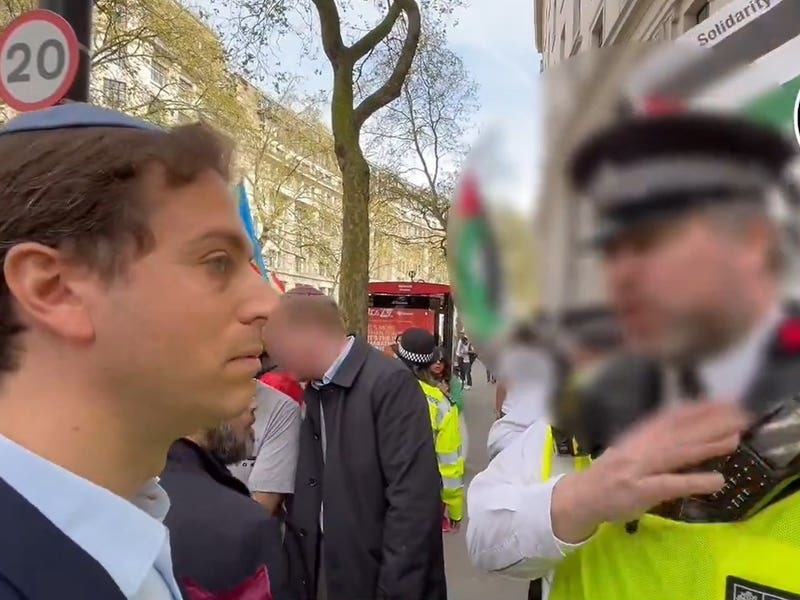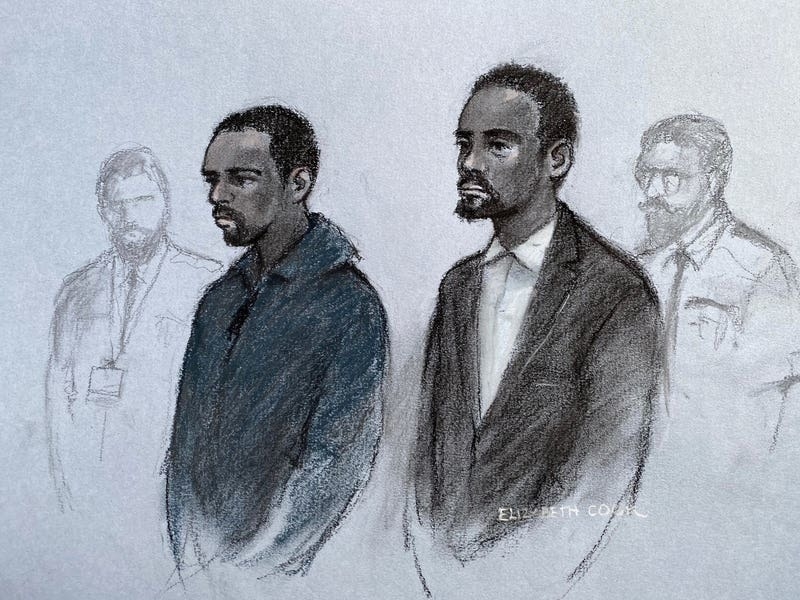A proposition has been lodged with the Parish Assembly to elect up to five members of a ‘Shadow Conseil Municipal’, one being a youth member, for a term of one year.
Parishioners voted by 39 to six in favour of establishing a 14-member shadow council last month.
The five new members will join St Helier Constable Simon Crowcroft, the parish’s two financial and legal officials – the Procureurs du Bien Public – and the six existing members of St Helier’s roads committee on the shadow council.
Nominees for the positions will be declared tonight at the assembly. The proposed town council would serve as an extension of the roads committee and would aim to eventually take on devolved powers to deal with matters such as licensing, planning, approvals for outside events and parking, rather than the government and other public authorities.
It is planned for the shadow council to meet monthly during 2020 prior to an end-of-year review, which could lead to a States Assembly vote in 2021 on establishing a permanent authority.
Meanwhile, the Parish Assembly is also due to vote this evening on accepting a plan to become carbon neutral by 2025 to 2030.
The St Helier Climate Change Emergency Work Group was tasked with producing the plan at an assembly on 27 March.
The report it produced says that 926 tonnes of carbon emissions are produced each year by the activities of the parish, 66% of which came from its municipal depot.
It adds that 37% of the parish’s carbon emissions were found to be generated by oil used to provide heat in parish buildings, while 49% was from its diesel vehicles.
The report says: ‘If the parish converted all of its heating and cooking facilities from oil and gas to electricity, and all its vehicles to electric, the carbon emissions would reduce by over 90%.
‘By utilising heat pumps and induction cooking technologies, emissions are reduced even further.’
It adds: ‘This answer may appear simple. However, delivering this level of reduction will require considerable effort, upfront expenditure and a change to the way a parish currently operates.
‘Converting heating systems in parish buildings to electric may be relatively straightforward. However, due to the size and nature of specialised vehicles operated by the parish, this is far more complicated.
‘At this time, for our larger vehicles there are no electric alternatives available on the market or even in production and it is difficult to ascertain when they will be available and at what cost.’
The report suggests that issues that St Helier faces in achieving carbon neutrality include traffic congestion, poor heating, lighting and insulation in buildings, and food waste.






